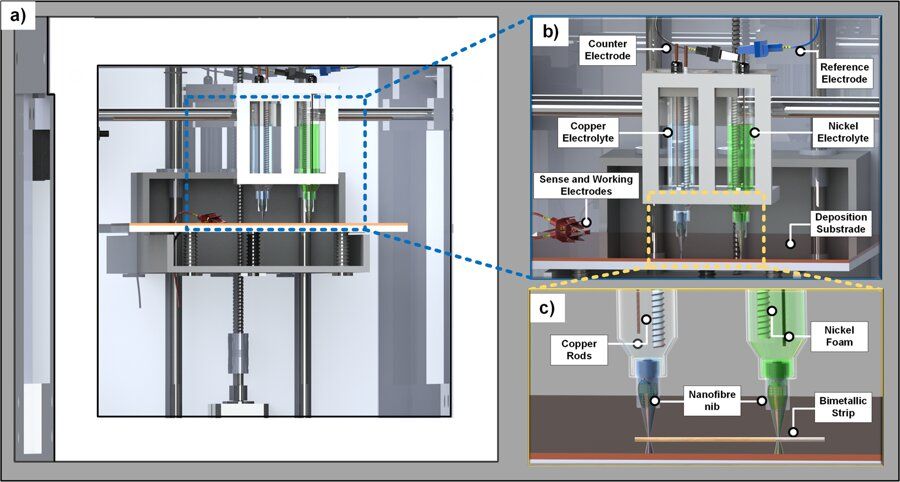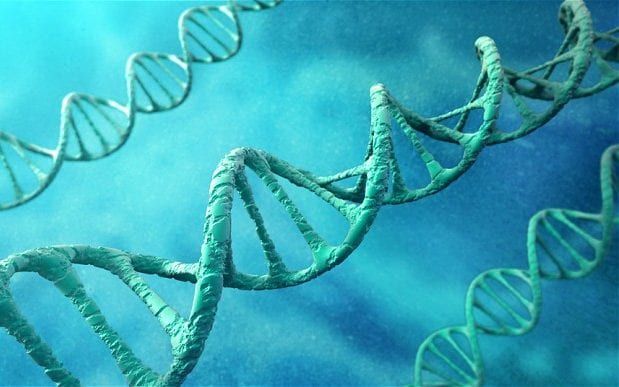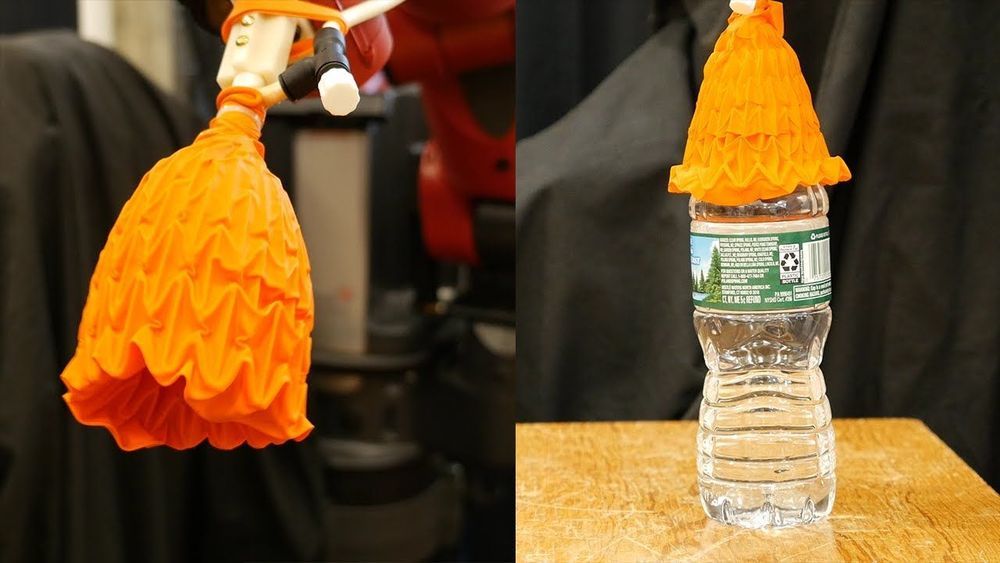Four-dimensional (4D) printing can create complex 3D geometries that react to environmental stimuli, opening new design opportunities in materials science. A vast majority of 4D printing approaches use polymer materials, which limit the operational temperature during the process of engineering. In a recent study, Xiaolong Chen and co- workers at the Dyson School of Design and Engineering, Department of Earth Science and Engineering and Department of Materials at the Imperial College of London, U.K., developed a new multi-metal electrochemical 3D printer. The device was able to construct bimetallic geometries by selectively depositing different metals with temperature-responsive behavior programmed into the printed structure. In the study, they demonstrated a meniscus confined electrochemical 3D printing approach using a multi-print head design and nickel and copper materials as examples, the ability can be transferred to other deposition solutions. The results are now published in Scientific Reports.
The Nobel Prize
Posted in biotech/medical
Today’s Daily Dose of Science Tu Youyou won the 2015 Nobel Prize in Physiology and Medicine with her groundbreaking anti-malarial drug research, saving millions of lives. #womenshistorymonth
Born: 30 December 1930, Zhejiang Ningbo, China
Affiliation at the time of the award: China Academy of Traditional Chinese Medicine, Beijing, China
Prize motivation: “for her discoveries concerning a novel therapy against Malaria.”
Today is National Agriculture Day! From enabling higher crop yields to maximizing every drop of water for farmers, NASA is working to help transform the agriculture industry. Check out some of the farming tools that have roots at NASA:
Growing plants can be tough, whether you’re on a spaceship or Earth. A special fertilizer made it easier for astronauts on the International Space Station and farmers down below, resulting in just one of the space program’s many contributions to agriculture.
Numerous farming tools have roots at NASA. Over the years, companies large and small have partnered with the agency, honed technologies and delivered innovations to benefit the industry. These are just a few examples:
Humans may one day have the ability to regrow limbs after scientists at Harvard University uncovered the DNA switch that controls genes for whole-body regeneration.
Some animals can achieve extraordinary feats of repair, such as salamanders which grow back legs, or geckos which can shed their tails to escape predators and then form new ones in just two months.
Planarian worms, jellyfish, and sea anemones go even further, actually regenerating their entire bodies after being cut in half.
More than 70 years after it was torpedoed and sunk during the World War II Battle of Guadalcanal, the aircraft carrier USS Wasp has been discovered in the Coral Sea.
Wasp was spotted on the seabed, in 14,000 feet of water, by the research vessel (RV) Petrel, part of a research organization established by Microsoft Corp. co-founder Paul Allen, in January.
Aging Analytics Agency Photo 3
Posted in life extension
And Vetek Association’s Mindmap of the 160 companies and 180 investors operating in the Israeli Longevity Industry Landscape.
Link to the Report: https://www.aginganalytics.com/longevity-in-israel









